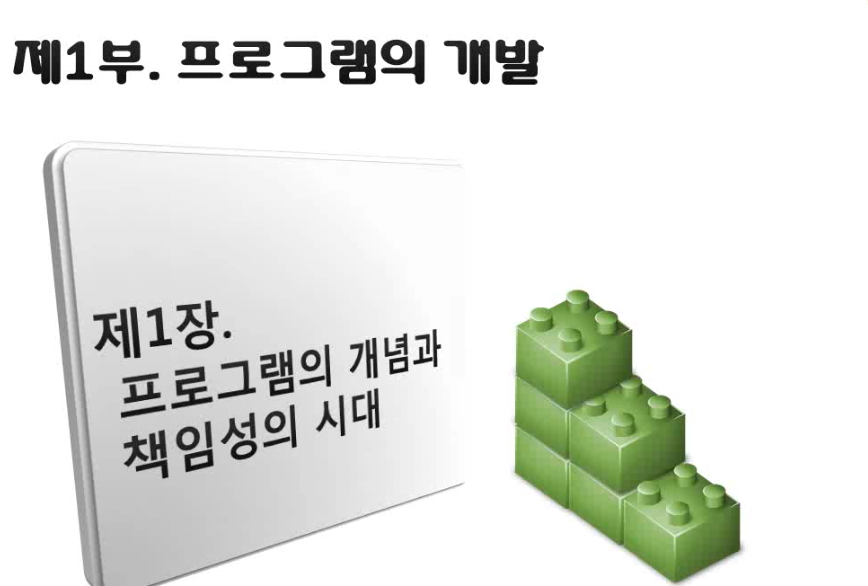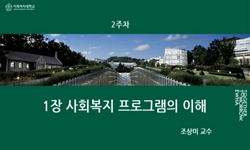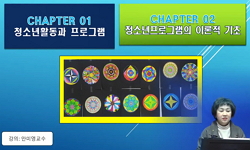In todays travel experience, people dont just see lodging as a place to stay, they see it as the purpose of the trip. As a result of this trend, a new type of accommodation has emerged: stay. As a space that reflects the trend of emphasizing the exper...
http://chineseinput.net/에서 pinyin(병음)방식으로 중국어를 변환할 수 있습니다.
변환된 중국어를 복사하여 사용하시면 됩니다.
- 中文 을 입력하시려면 zhongwen을 입력하시고 space를누르시면됩니다.
- 北京 을 입력하시려면 beijing을 입력하시고 space를 누르시면 됩니다.
https://www.riss.kr/link?id=A109129126
- 저자
- 발행기관
- 학술지명
- 권호사항
-
발행연도
2023
-
작성언어
Korean
-
주제어
스테이케이션 ; 스테이 ; 숙박시설 ; 스토리텔링 ; 공간구성 ; 프로그램 ; Staycation ; Stay ; Accomodation Facility ; Storytelling ; Spatial Composition ; Program
-
KDC
619
-
등재정보
3903
-
자료형태
학술저널
-
수록면
100-104(5쪽)
- 제공처
-
0
상세조회 -
0
다운로드
부가정보
다국어 초록 (Multilingual Abstract)
In todays travel experience, people dont just see lodging as a place to stay, they see it as the purpose of the trip. As a result of this trend, a new type of accommodation has emerged: stay. As a space that reflects the trend of emphasizing the experience of staying, a stay should provide users with an experience that is differentiated from existing accommodations. Therefore, this study aims to derive the differentiation of a stays spatial configuration and programs from a storytelling perspective. As a research method, First, we define stay as an accommodation facility through a review of the background of the emergence of stay. Second, based on theoretical considerations on storytelling, we derive case analysis criteria to analyze spatial configurations and programs. Finally, four selected cases are analyzed. The analysis results are as follows. First, the keywords for the story that designers wanted to tell with stays were ‘relax’, ‘focus’, ‘warm’ and ‘comfort’. This reflects travelers desire to focus solely on relaxation. Second, everyday spaces are given special stories to create new experiences. Expressive elements such as lighting and furniture arrangement effectively convey the story to the user. Third, it is centered on spatial composition and programs using water. It uses the image of water to tell a story. Fourth, multisensory and experiential qualities are the most prominent characteristics of the space. The sounds and scents of nature were actively used to awaken the senses of users, and programs in the spatial composition induced active experiences.
동일학술지(권/호) 다른 논문
-
‘제3의 공간’개념을 적용한 참여형 복합문화공간의 특성 분석 연구 - 국내 기업 참여형 복합문화공간 사례를 중심으로 -
- 한국실내디자인학회
- 정지민(Jeong, Ji-Min)
- 2023
- 3903
-
감성디자인 표현특성을 적용한 브랜드 문화공간 계획에 관한 연구 - 라이브러리를 중심으로 -
- 한국실내디자인학회
- 허성인(Heo, Sungin)
- 2023
- 3903
-
리좀의 공간 특성을 반영한 스마트팜 복합문화공간에 관한 연구
- 한국실내디자인학회
- 정수정(Jung, Soo-Jung)
- 2023
- 3903
-
청년 사회적 고립예방을 위한 심리치유 복합문화공간 계획에 관한 연구 - 생태적 감수성 중심으로 -
- 한국실내디자인학회
- 구현아(Koo, Hyunah)
- 2023
- 3903




 DBpia
DBpia






